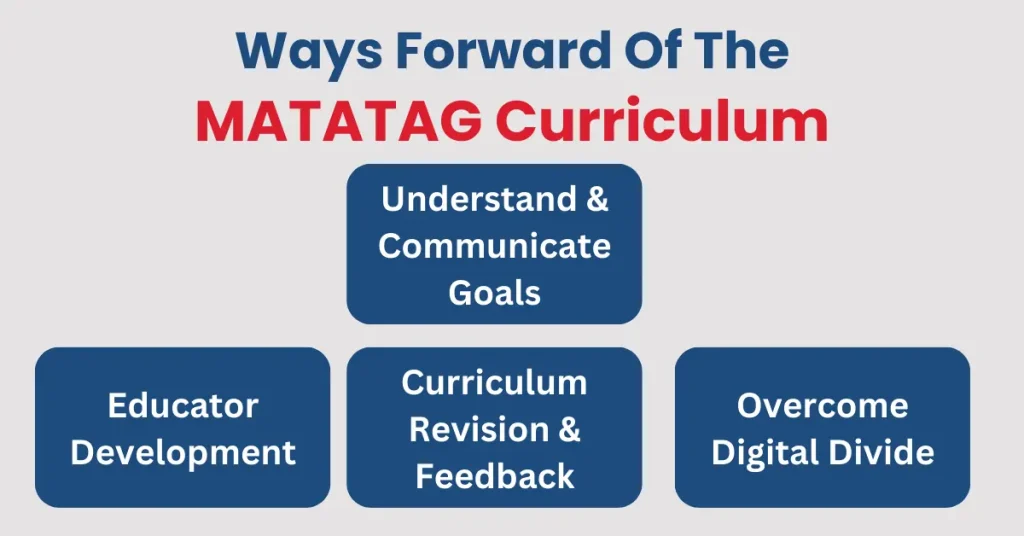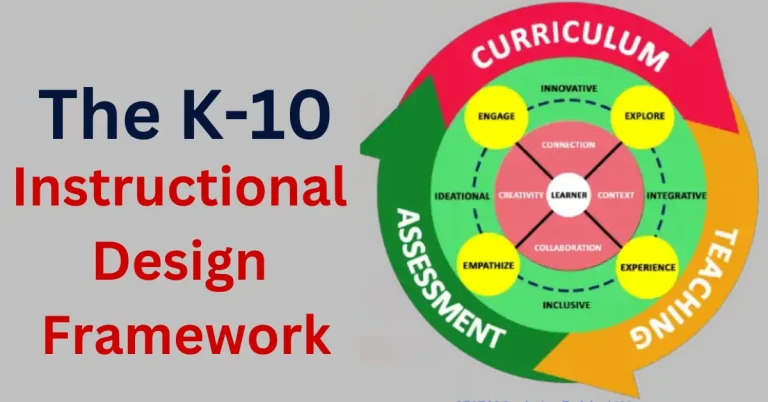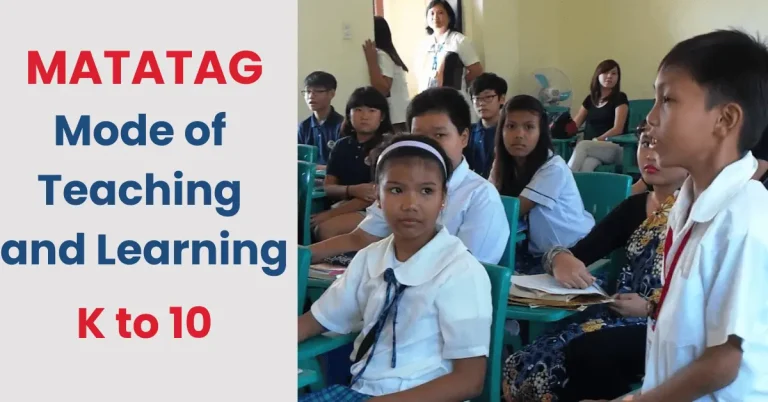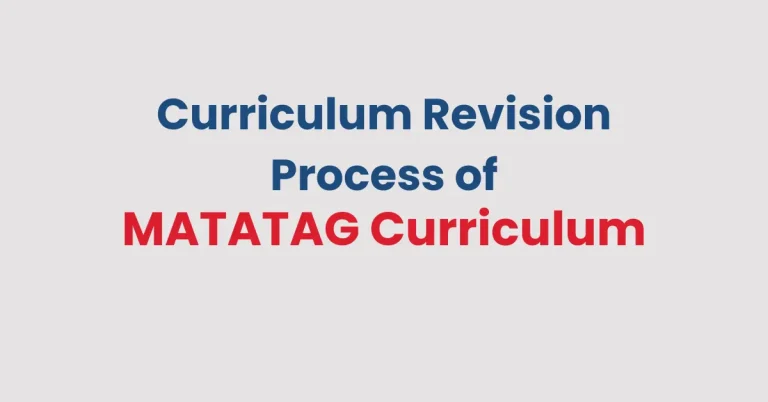What are the Ways Forward of the MATATAG Curriculum?
The Department of Education in the Philippines (DepEd) introduced the MATATAG curriculum as a strategic shift in the educational sector. The curriculum aims to provide Filipino students with the 21st-century core competencies and life skills that they require along with academic excellence. The curriculum itself has been designed very carefully to meet all these needs.
However, the success of the MATATAG curriculum depends on a number of other factors, such as instructional design framework, stakeholder support, effective implementation, evaluation, and revision.
In this article, we will explore the ways forward for the MATATAG curriculum that will ensure its long-term success.

Ways Forward of the MATATAG Curriculum
1. Clearly Understand and Communicate the Goals of MATATAG Curriculum
Everyone associated with the curriculum – students, stakeholders, educators, parents and instructors should have a proper understanding of what the MATATAG curriculum is all about. Its structure, objectives and goals should be made public. Moreover, people should understand DepEd’s reason for changing the old K-12 curriculum to the MATATAG curriculum.
Now, this can be done through a proper process. DepEd should hold a seminar in which it invited the school heads and stakeholders to attend. In this seminar, it should outline all the reasons and objectives of the curriculum.
Next, the school heads need to hold a seminar for the instructors and parents to bring them together to understand the curriculum and the major objectives which are as follows:
2. Educator Development
The educator/instructor has a pivotal role to play in the proper implementation of the MATATAG curriculum. Therefore, DepEd should invest in them if they want to move forward effectively with the MATATAG curriculum. Under the curriculum, the teaching methodologies, courses being taught and even the assessment strategies have been revised. Therefore, teachers need to be developed side by side. The following are some things that can be done:
3. Curriculum Revision and Feedback
Undoubtedly, the curriculum has been established to meet the needs of 21st-century Filipino students. But, we will not know if the curriculum is doing its job or not until we have numbers backing this fact. A robust system should be developed to check the effectiveness of the curriculum by:
4. Ensuring Equal Digital Access
Digital tools and technology are a core component of the MATATAG curriculum. However, there is a digital divide in the Philippines which no one can ignore. Not every student has access to digital devices or even the internet in many remote and rural areas. For the MATATAG curriculum to have a bright future ahead, it is important to address this divide. The following steps can be taken to overcome it:
Conclusion
DepEd has worked hard in devising and implementing the MATATAG curriculum to ensure that the Filipino student can survive and excel in life. Now, it is the job of schools, teachers, students, stakeholders and parents to take it forward from here.
The ways forward of the MATATAG curriculum continuously focuses on improving the standards of education by adapting to the needs of the students and integrating modern teaching strategies.



